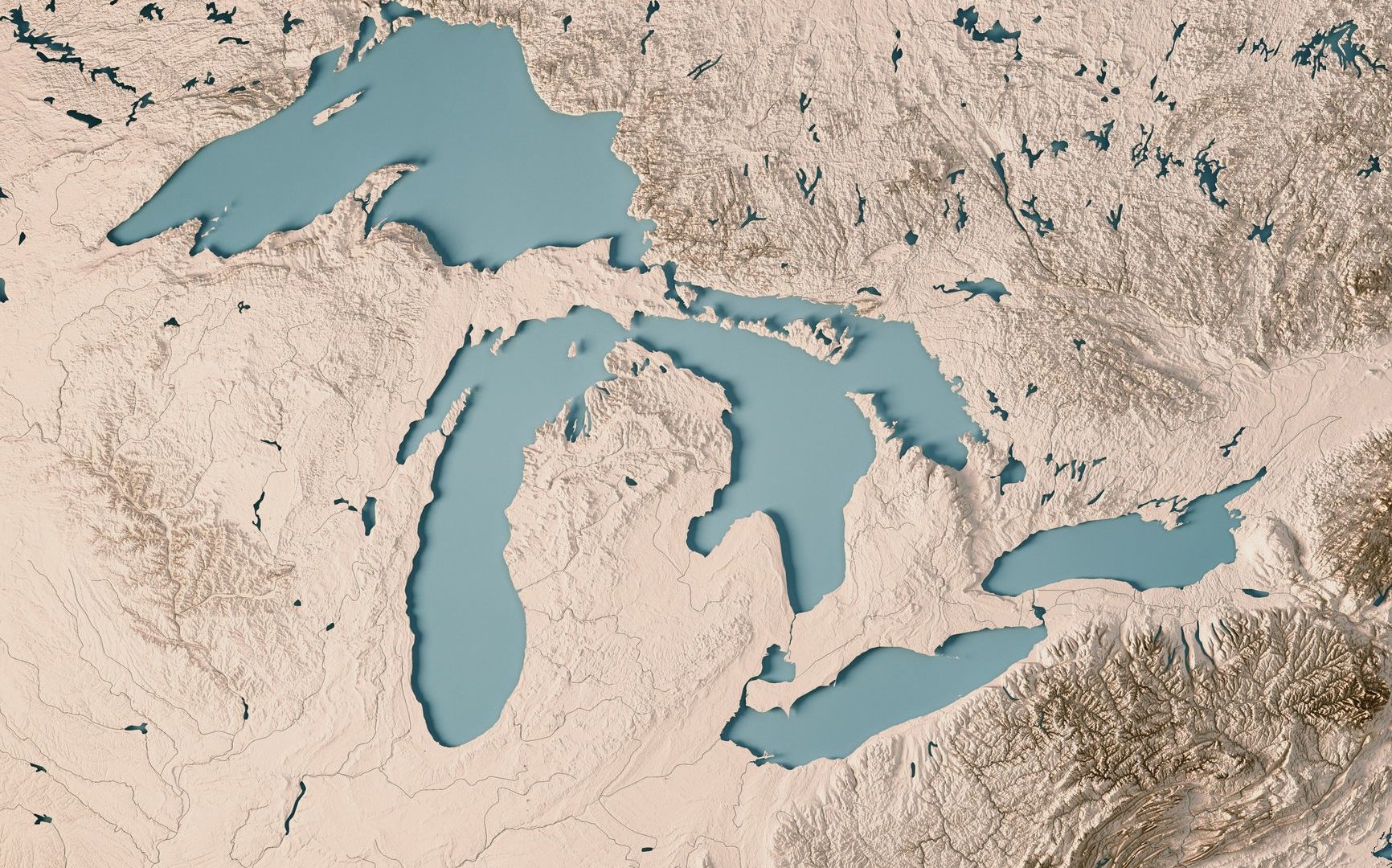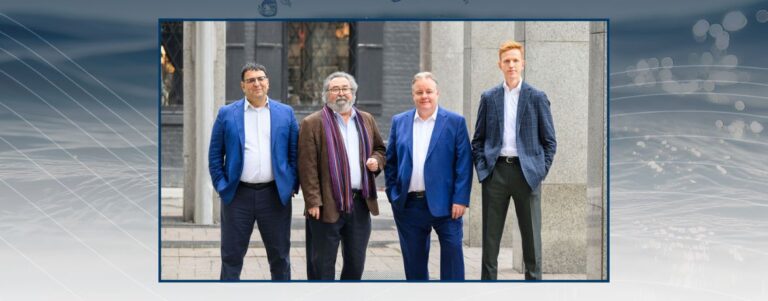Historically high water levels, shoreline flooding, torrential downpours, warming waters, freezing winters, sudden snow melts, wind storms, and powerful wave action are eroding our shores. Climate change is already throwing its weight around the Great Lakes and St. Lawrence region. Gazing ten years into the future, what will we be facing and how can we be prepared?
Answering that question was the task that five Great Lakes and St. Lawrence advocacy groups (Great Lakes St. Lawrence Cities Initiative, Council of the Great Lakes Region, Strategies Saint Laurent, Freshwater Future Canada, and the Great Lakes Fishery Commission) set for themselves.
Inspired by the success of the U.S. Great Lakes Restoration Initiative that has delivered over $2 billion in Great Lakes protection over the last ten years, the groups founded the Great Lakes St. Lawrence Collaborative, a two-year project to develop a strategy with practical, forward looking recommendations on Great Lakes St. Lawrence protection in the face of climate change, urban and agricultural intensification, and diffuse non-point sources of pollution.
With financial support from Environment and Climate Change Canada, the Collaborative was launched in October 2018, and ably helmed by two pre-eminent environmental experts serving as co-chairs: Gord Miller, former Ontario environment commissioner, and Jean Cinq-Mars, former Quebec sustainable development commissioner.
Following an intensive eight-month consultation process involving 200 experts, stakeholders and First Nation representatives, the Collaborative released its first report in June 2019, Great Lakes Action Plan 2030. It is a 10-year, $100 million/year strategy that employs strategic and surgical interventions using new kinds of collaboration and technologies to help communities at greatest risk. A second report, focused on the St. Lawrence, will be released in the Spring of 2020.
The Great Lakes Action Plan 2030 offers solutions to four challenges:
- Create local collaboratives with federal and provincial support to help communities in the most vulnerable shoreline zones to prevent future flooding and build resiliency to high water levels.
- Reduce our exposure to toxins in the water, air, and in products by proactively monitoring, investigating and responding to mixtures of chemicals in areas where people and other organisms are most likely exposed.
- Accelerate nutrient reduction that causes harmful algal blooms by harnessing the power of big data and precision technologies to identify hotspots and work with farmers to reduce phosphorus loss from those properties that contribute the most.
- Make chronically contaminated beaches clean and safe by tracking and eliminating sources of fecal contamination, including untreated sewage.
Read the full article, which was written by Nicola Crawhall from Westbrook Public Affairs, in the November/December 2019 issue of Water Canada.









